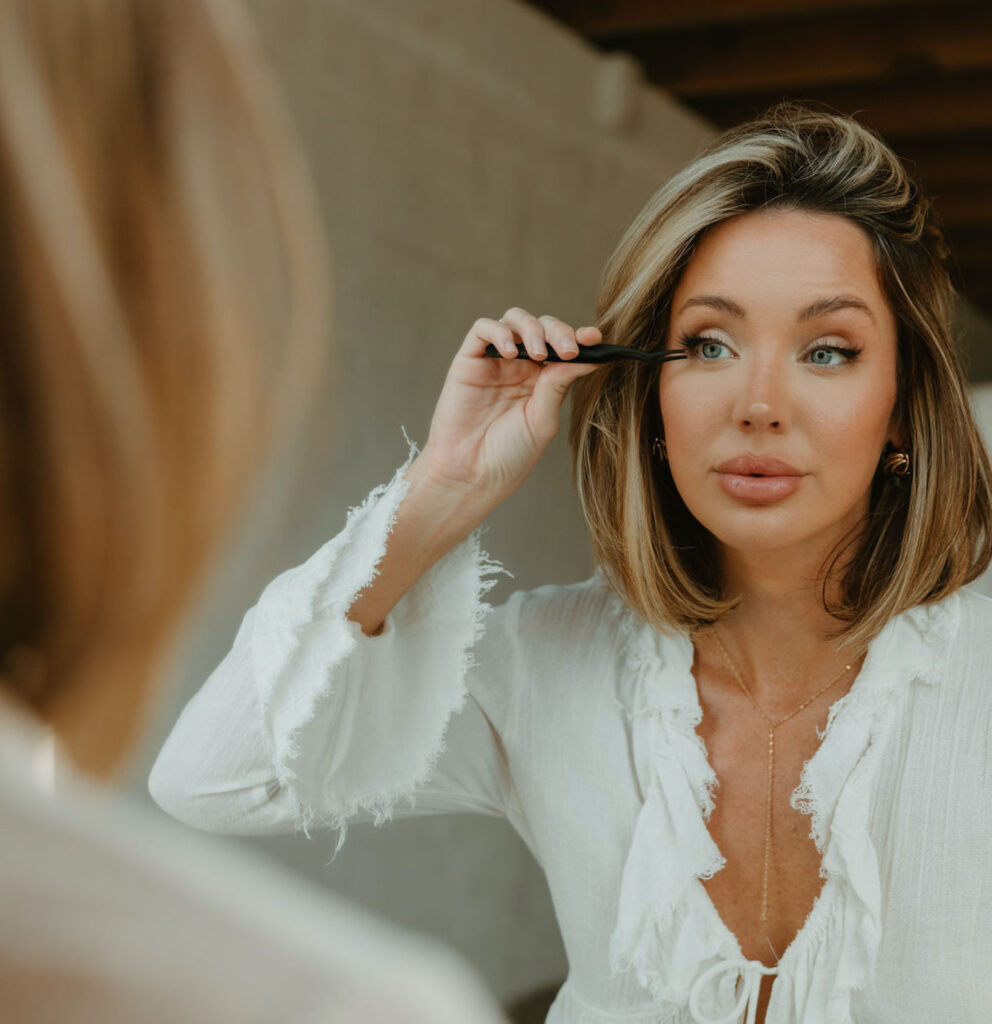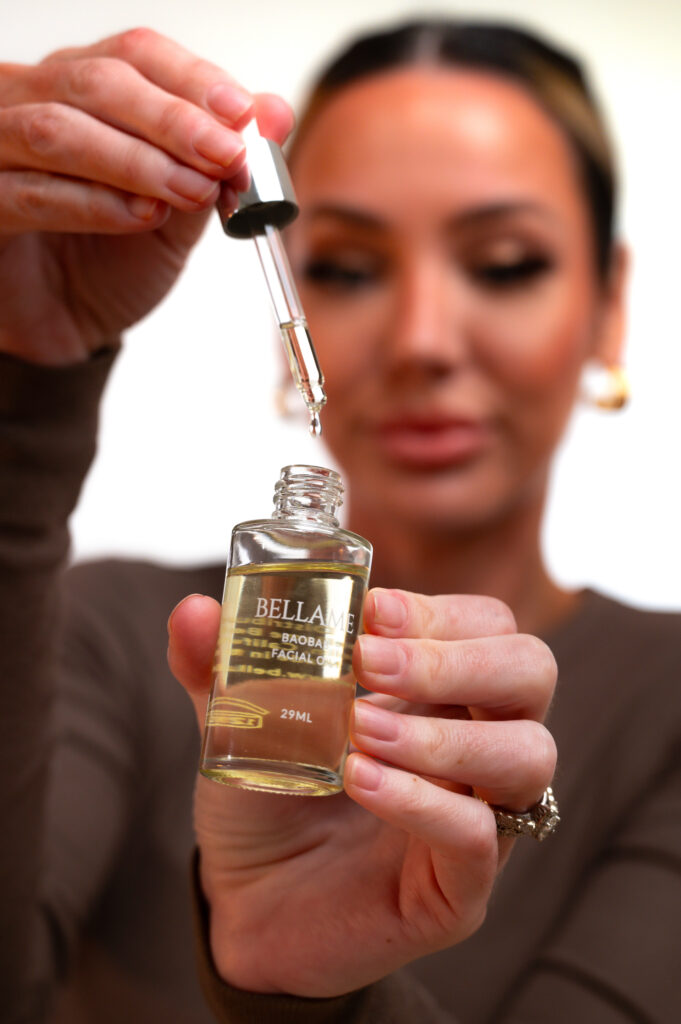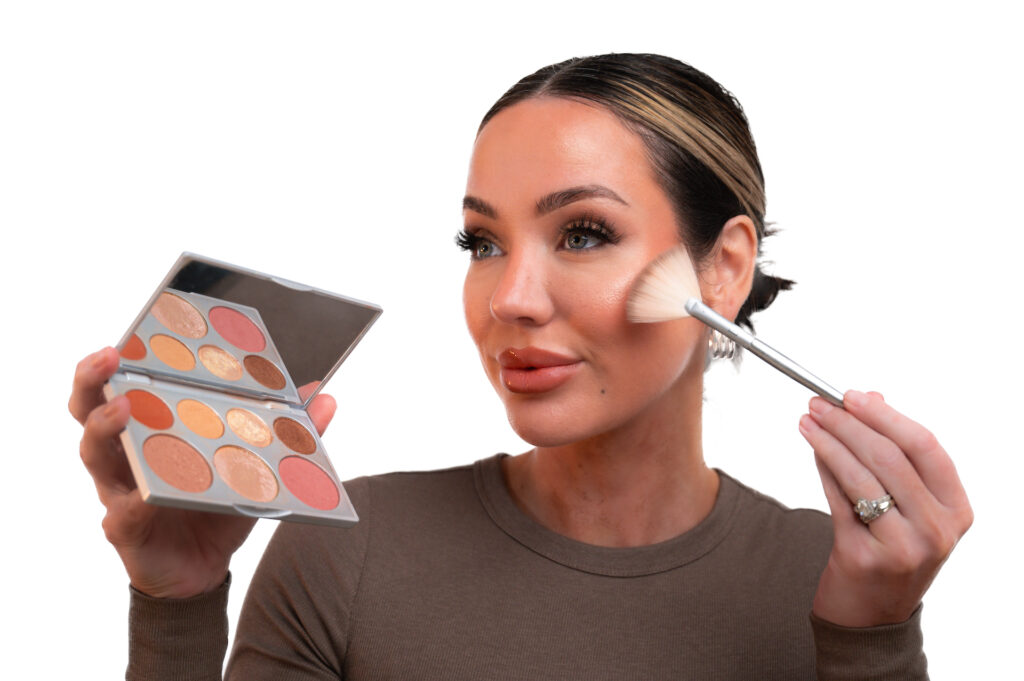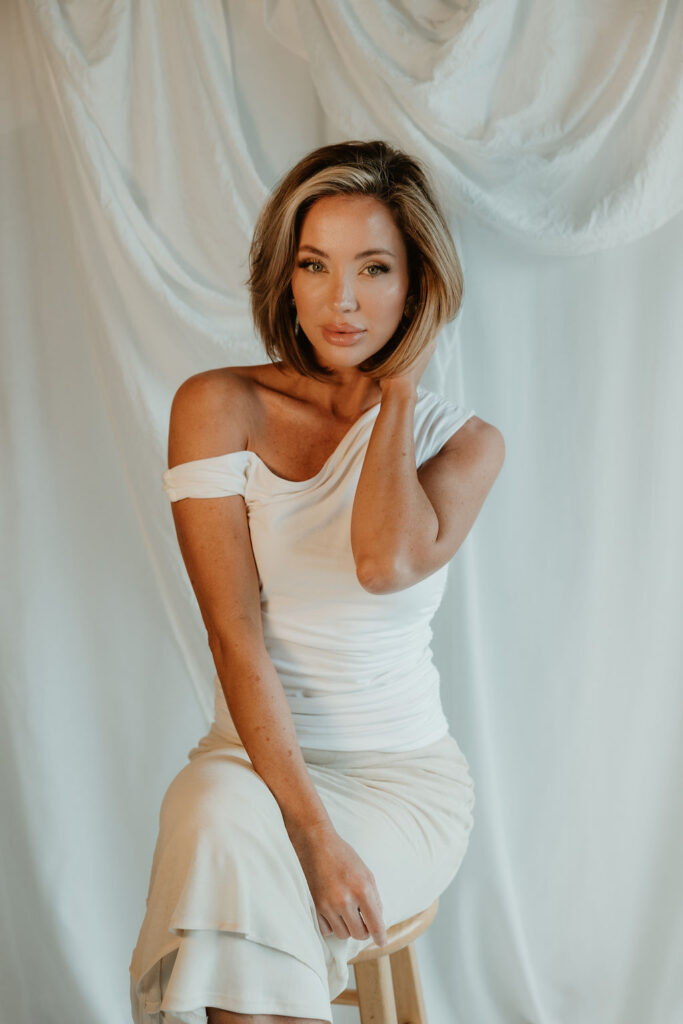Importance of Understanding Unhealthy Makeup Ingredients
What we put on our skin matters just as much as what we leave off. Unfortunately the United States allows a lot of unhealthy makeup ingredients and if you were to compare the list to European Standards, it would shock you to your core. And as someone who’s been in the beauty industry for years, I can’t stress enough how important it is to understand the ingredients in the products you’re using.
Just because a makeup product promises long-lasting wear or a dewy finish doesn’t mean it’s the right choice for your skin. In fact, many makeup formulas contain ingredients that can do more harm than good, especially in the long run. So, let’s talk about the ingredients you should avoid at all costs.
I’m here to guide you through the nasties hiding in your makeup bag so you can protect your skin while still achieving that flawless look you love. In this quick read I’m going to teach you what ingredients to avoid in your makeup routine.
Quick Tip: To learn more about why European Standard products are clean and healthy check out this free resource.
Parabens: The Sneaky Preservatives
Parabens are used in a lot of beauty products as preservatives to extend their shelf life. They prevent bacteria and fungi from growing in your makeup and skincare products, which seems like a good thing, right? Well, not quite. Parabens are linked to hormone disruption because they can mimic estrogen in the body. This is why many women, including myself, steer clear of any product with parabens in the formula.
Look out for ingredients like methylparaben, ethylparaben, propylparaben, and butylparaben—they often hide under the term “parabens” on the label. My personal recommendation? Go for paraben-free products to avoid any unnecessary risk.
Phthalates: Hidden Hormone Disruptors
You know those pretty fragrances in your makeup products? While they might smell nice, they could be filled with phthalates, which are chemicals used to make fragrances last longer. Phthalates are linked to hormone disruptions and can interfere with the body’s natural systems. The most alarming thing to consider is how these awful chemicals are most often found in formulas that you apply near your lips or eyes.
Phthalates are tricky to spot because they’re usually listed under fragrance or “parfum,” so make sure to check the labels carefully. The best move is to choose makeup that is both fragrance-free and phthalate-free for a safer alternative.
Formaldehyde-Releasing Preservatives: A Serious Red Flag
Formaldehyde sounds like something you’d find in a science lab, not in your makeup bag. But shockingly, certain preservatives in makeup can release formaldehyde over time. This is a known carcinogen that is know to irritate the skin and allergic reactions. And even worse, this terrible ingredient is known to increase the risk of cancer.
Some of the culprits include quaternium-15, DMDM hydantoin, imidazolidinyl urea, and diazolidinyl urea. I recommend avoiding products with these preservatives whenever possible.
Synthetic Fragrances: A Hidden Source of Irritation
If you’re someone who suffers from sensitive skin, I can’t stress enough how much you should understand synthetic fragrances. They are an extremely common makeup ingredient that I strongly urge you to avoid. These artificial scents are made from a blend of chemicals, and they’re a major cause of irritation, inflammation, and allergic reactions. For anyone with acne-prone skin, they can exacerbate breakouts, and make it much more difficult to maintain healthy, clear skin.
Fragrance-free makeup is the way to go. Many companies now offer beautifully scented, natural alternatives, so there’s no reason to settle for harsh, synthetic ingredients.
Mineral Oil: The Pore-Clogging Petrolatum
Mineral oil is a petroleum derivative often used as an emollient in makeup products to provide smooth application. While it can help keep your makeup from drying out, mineral oil clogs pores, making it a big no-no for acne-prone skin. Over time, it can suffocate the skin and prevent it from breathing properly, leading to breakouts and blackheads.
If you want a healthier, non-comedogenic alternative, look for plant-based oils like jojoba, argan, or rosehip, which hydrate without blocking your pores.
Talc: A Powdered Problem
Talc is a common makeup ingredient you want to avoid which is found in powder products like eyeshadows, blushes, and powders. While it’s great for giving products a silky texture, talc can sometimes contain asbestos—a substance that’s been linked to lung disease and cancer. The good news? Many brands have moved away from using talc in favor of safer alternatives, but it’s still worth checking the label.
Look for talc-free formulas or products that specifically mention asbestos-free talc to ensure your safety.
Silicones: The “Smoothing” Agents That Don’t Let Your Skin Breathe
Silicones are used in many makeup products to create a smooth texture and fill in fine lines. While they may give your makeup a flawless finish, they’re not always the best for your skin. Silicones form a plastic-like barrier on your skin, which can trap dirt and oil, which contributes to breakouts and clogged pores.
If you’re looking for makeup that lets your skin breathe, go for products that are silicone-free and allow your skin to look flawless without the heavy layer.
This is my favorite European Standard Makeup brand
Wrapping Up: Choosing Safer Beauty
The beauty industry is growing, and with it, the movement toward cleaner, safer beauty products. When you know which makeup ingredients to avoid, you can confidently make choices that keep your skin healthy and glowing. Always shop for clean formulations, and don’t be afraid to check ingredient lists and labels before buying.
By paying attention to what’s in your makeup, you’re not only protecting your skin from harmful ingredients, but you’re also setting yourself up for better long-term health. Be sure to keep these tips in mind the next time you go shopping for makeup and choose products that will not only make you look good but also feel good about what you’re putting on your skin.
Remember, I’m here to guide you every step of the way, so if you have any questions about what’s in your makeup bag, just reach out. Your skin deserves the best!
To elevate your skin health and upgrade your makeup skills, browse these…






